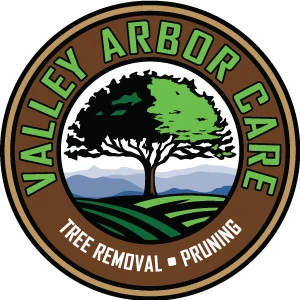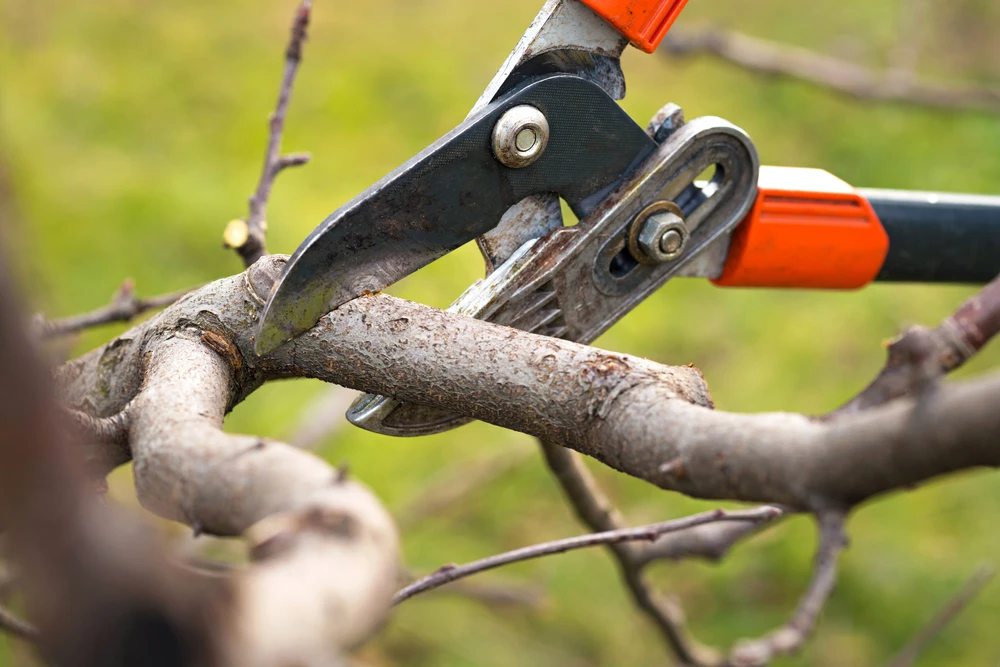Trimming high tree limbs can be a daunting task, but with the right approach and tools, you can do it safely and effectively.
It is preferred and smart to hire a professional tree cutting service.
This is because they have the expertise, equipment, and safety training to handle tree care efficiently. This reduces the risk of injury or damage. However, if you prefer to handle the trimming yourself, here are some essential tips to remember:
- Before you begin, evaluate the tree and its surroundings. Identify the limbs that need trimming and consider any obstacles that may be in the way, such as power lines, buildings, or other trees. Make sure that there is enough space for the limb to fall safely without causing damage or injury.
- If you need to use a ladder, make sure it is stable and in good condition. Always position the ladder on firm, level ground and secure it to the tree if possible. Never climb a tree to trim or remove limbs. If you need to climb heights, hire a professional tree cutting service!
- Avoid trimming in windy or rainy conditions, as this increases accident risk. Dry, calm weather is ideal for tree trimming.
- Before making any cuts, plan proper cuts and plan where the branch will fall. Clear the area below and use ropes to guide the limbs to fall if necessary. Always make your cuts at a slight angle to prevent water from pooling on the cut surface. This can lead to rot and disease.
Maintaining an even tree crown is crucial for tree health and appearance. An uneven crown can lead to structural imbalances, making the tree more susceptible to wind and storm damage.
- Look for dominant branches that are outgrowing others. These can cause uneven crowns. Trim these branches back to allow other parts of the tree to thrive.
- Regular pruning maintains even foliage distribution. Removing dead or diseased limbs also promotes healthy growth. Aim to prune the tree every 2-3 years, depending on the species and growth rate.
- While keeping the crown balanced is important, avoid removing too much foliage at once. Over-pruning can stress the tree, leading to poor health and growth. Follow the “one-third rule,” where no more than one-third of the tree’s crown is removed at a time.
Pruning is not just about cutting branches; it is about doing so in a way that benefits the tree.
A tree’s long-term health depends on proper pruning techniques.
- Use sharp tools to make clean cuts that heal quickly. The presence of jagged edges can lead to disease and pest infestations. Cut just outside the branch collar, the swollen area where the branch meets the trunk, to promote proper healing.
- Focus on removing dead or diseased wood before cutting healthy limbs. This helps prevent disease spread and encourages new growth.
- Thinning out dense areas of the tree allows more sunlight and air to reach the inner branches, promoting healthy growth and reducing disease risk.
Having the right tools is essential for safely and efficiently trimming tree limbs.
Here are some tools you will need:
- A pole saw is a must-have for reaching high branches. These saws come with extendable handles, allowing you to reach limbs without the need for a ladder.
- For smaller branches, pruning shears or loppers are ideal. Choose a pair with long handles for added reach.
- A rope and pulley system can help guide the fall of larger branches, ensuring they come down safely and in a controlled manner.
- Always wear safety gear, including a hard hat, gloves, and eye protection. If using a chainsaw, use chainsaw protection chaps and consider wearing ear protection as well.
Trimming trees can be a dangerous task that requires skill, proper tools, and safety precautions. For many, the risks involved make it worth considering the expertise of a professional tree cutting service. Valley Arbor Care is the company to trust with your tree care needs. With their experienced team and commitment to safety, they ensure your trees are trimmed correctly and safely. This gives you peace of mind and beautifully maintained trees.


Add Comment